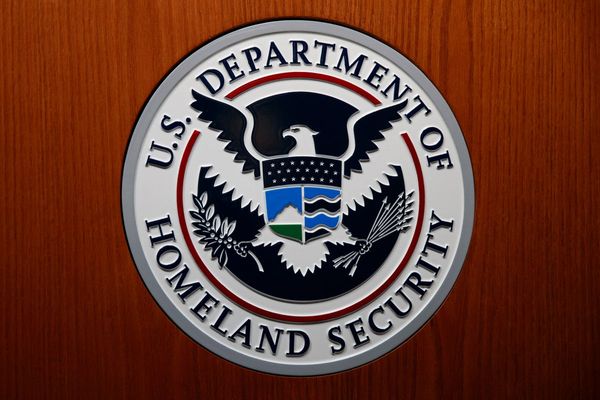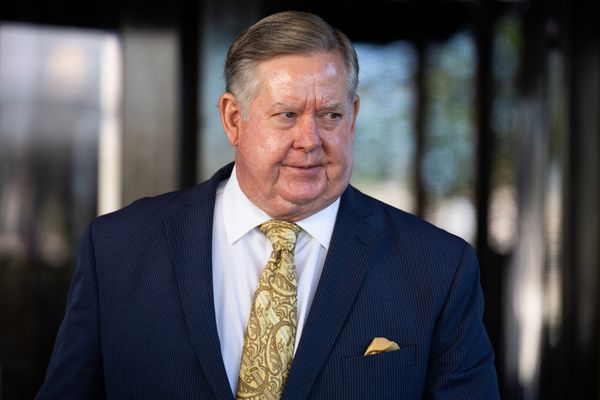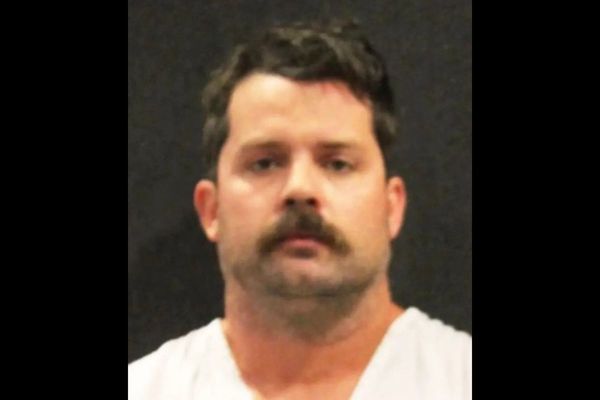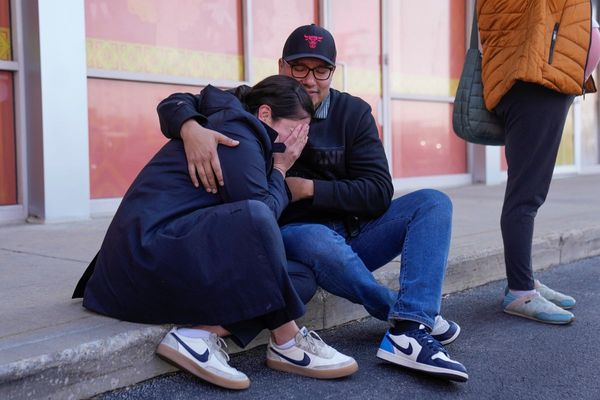
Victoria and South Australia have secured a landmark 5% increase in commonwealth public school funding meaning they will be fully funded by 2034, leaving just Queensland and New South Wales holding out on signing up to the historic education agreement.
The move is a major win for the states and for Labor ahead of the federal election, bringing an end to more than six months of disputes over who will pay to deliver on fully funding public education for the first time.
Under current funding arrangements enacted by the Coalition, states and territories contribute 75% of public school funding and the commonwealth delivers 20%, leaving a 5% gap.
Labor’s deal, introduced last July, proposed to increase the commonwealth’s funding share by 2.5% to 22.5% – and up to 40% for the Northern Territory due to additional need. Jurisdictions would still need to cover the remaining funding gap.
Western Australia, the NT, the ACT and Tasmania have signed on to the agreement.
But deals secured by Victoria and SA go further than other states, lifting the commonwealth’s contribution to 25% of the Schooling Resource Standard (SRS) over the next decade in order to reach 100% of public school funding.
It also removes “accounting tricks” introduced by the former Coalition government that have allowed states and territories to claim about 4% of their total funding share on non-school related expenses like capital depreciation.
States and territories that had already signed on to the former deal will be offered the additional 2.5% in funding under “no disadvantage clause” included in their respective bilateral agreements.
If they take the 5%, which education ministers and the Australian Education Union (AEU) have been calling for, it will double the federal government’s public school funding offer, previously tallied at a record $16bn.
The education minister, Jason Clare, introduced the Better and Fairer Schools agreement last July, which sets out how much the federal and state governments provide towards the SRS.
Agreed to by governments as part of Gonski reforms more than a decade ago, the SRS is the minimum dollar amount required to provide a baseline education to students.
Only the ACT has reached it. Data from the Australian Curriculum, Assessment and Reporting Authority (Acara) shows that 98% of public schools are underfunded and the majority of private schools are overfunded.
Victoria’s deputy premier and education minister, Ben Carroll, said the deal was a “very big win” for public education and one that he had “always been fighting for”.
“I’ve been steadfast and unrelenting that 2.5% does not deliver the outcomes we want for our public school kids, and I’m very pleased after much advocacy, that the commonwealth today, through the prime minister, have reached an agreement … that they will increase their education spend by 5%.
“It’s been hard. It’s been difficult … but it is historic. What this means over 10 years is an additional $2.5bn from the commonwealth into our public education system … it is a massive investment.”
The prime minister, Anthony Albanese, told the National Press Club on Friday the nation had “never met that standard that was outlined [by Gonski] so clearly”.
“Today, we take a big step forward to making it happen … to meet the standards in education that Australian children deserve,” he said.
Albanese thanked the premiers of South Australia and Victoria, Peter Malinauskas and Jacinta Allan, “for their cooperation”.
He also thanked David Crisafulli and Chris Minns, premiers of Queensland and NSW, “for their constructive engagement”, as negotiations with those two states continued.
Clare said the additional funding would be tied to “real reforms” to help students “catch up, keep up and finish school”, such as mental health support and explicit teaching instruction.
“It’s not a blank cheque. I want this money to get results,” he said.
South Australia’s minister for education, training and skills, Blair Boyer, estimated the deal would secure an additional $248m for the state’s public schools each year.
“We are talking about funding for students with a disability, for students with learning difficulties, and students regularly not attending school for a whole raft of reasons totally out of the control of the education system,” he said.
President of the AEU, Correna Haythorpe, said the deals were a “major breakthrough” on funding negotiations and urged the Coalition and remaining states to back it.
“With a federal election looming … Peter Dutton must give an iron-clad guarantee to public school communities that he will honour all school funding bilateral agreements in full should he become prime minister,” she said.
“Australia’s students can not afford further delays in negotiations.”
The NSW deputy premier and NSW education minister, Prue Car, said the state government continued to negotiate with the commonwealth and thanked Albanese for “progressing talks”.
“This is a 10-year deal so it is important that we get it right,” she said. “I will continue to advocate for the best terms for NSW from the commonwealth.”
The Queensland education minister, John-Paul Langbroek, said they were “continuing to talk to the federal government”.







